Spring is chicken sexing season. The time of year backyard chicken owners stare in dismay at a huddle of fluff balls wondering girl or boy? Here's how to sex a chicken. Sort of.
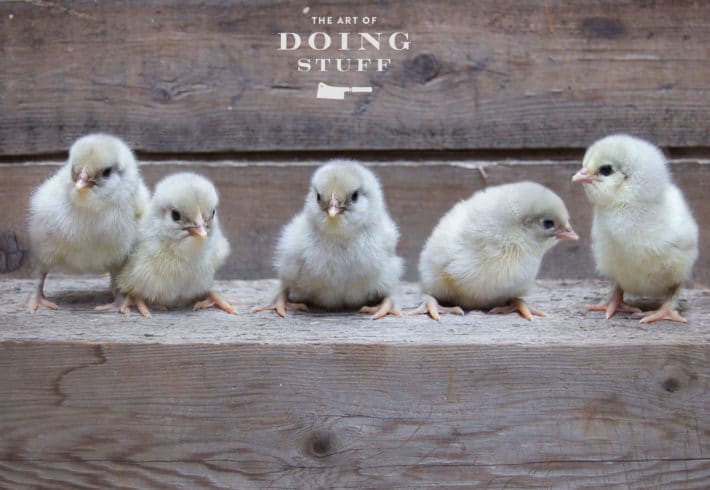
Sexing a chicken yourself is usually about as reliable as doing your own taxes. I mean, you can take a guess and hope for the best but in the end you don't really know if you screwed up until it's too late. In the case of your taxes, you get the dreaded "audit" call. In the case of chickens you get the dreaded 5:00 a.m. rooster call.
But when I hatched a group of chicks years ago I decided I was going to put a few of the common sexing methods to the test and document it all. I had zero confidence any of the methods were going to work.
By the way if you have ZERO interest in how chickens are sexed, you might like to watch this video instead that just shows a bunch of my chicks as they venture into the world for the first time - including breakout of the their shell. Or if you DO have chickens but aren't interested in sexing them go on over and read why you should install an automatic coop door. LIFE changing!
O.K., now that 90% of the readers are gone, we can talk chicken penises! They're gonna be SO upset they missed out on this.
More specifically I'm going to talk about whether chickens even have a penis.
They do and they don't. Male chickens are born with a teeny tiny micro penis. They're also born with a gene that stops it from growing. So beyond the first couple of days of the chick being alive it can't be seen.
To even find it, a trained chicken sexer will hold a day old chick and push a tiny bit on the under side of the chick's vent (their bum). If a minuscule little dot pops out of the vent from the pressure, it's a male.
Sounds easy right? It's not. Vent sexing chickens is a skill that takes practice to do with accuracy and without harming the chick.
For sexing my own chicks I turned to slightly easier methods.
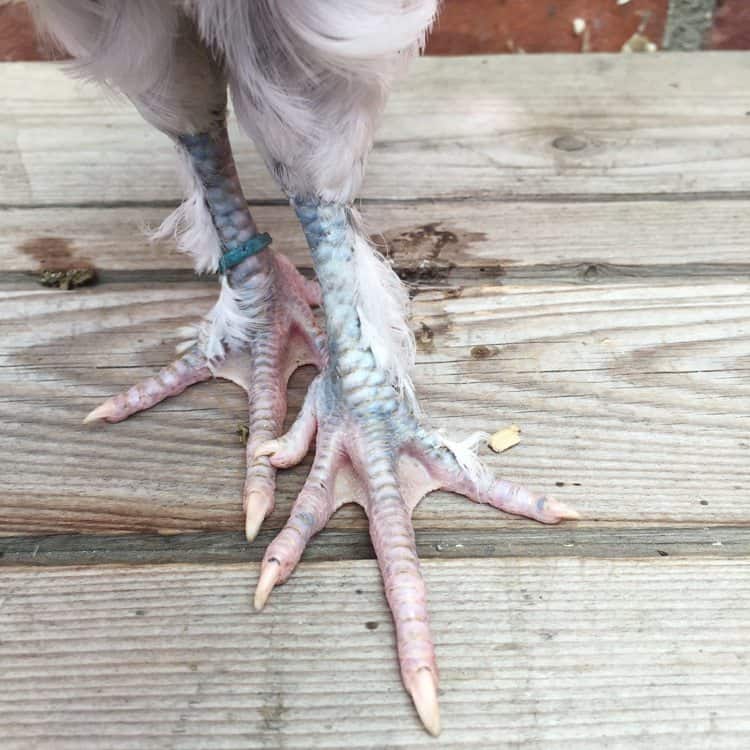
The first thing I had to do was put leg bands on all of my chicks, otherwise I'd never be able to tell them apart unless one of them developed a quirk, like a limp. Or spoke with an accent.
Different methods also work best with specific breeds. Some breeds of chickens automatically sex themselves at birth because of different colouring. Cream crested legbars for instance have hen chicks with a stripes down their backs. The boys on the other hand have a dot on their head. These are known as auto sexing birds.
Other chickens breeds are called Sex links. This is when two breeds of chickens are bred together and the gender of the chicks they create are easily distinguished by colour.
When a Rhode Island Red Rooster mates with a Delaware Hen the result is called a Red Sex Link. All the female chicks will be red and all the males are yellow which makes sexing them incredibly easy.
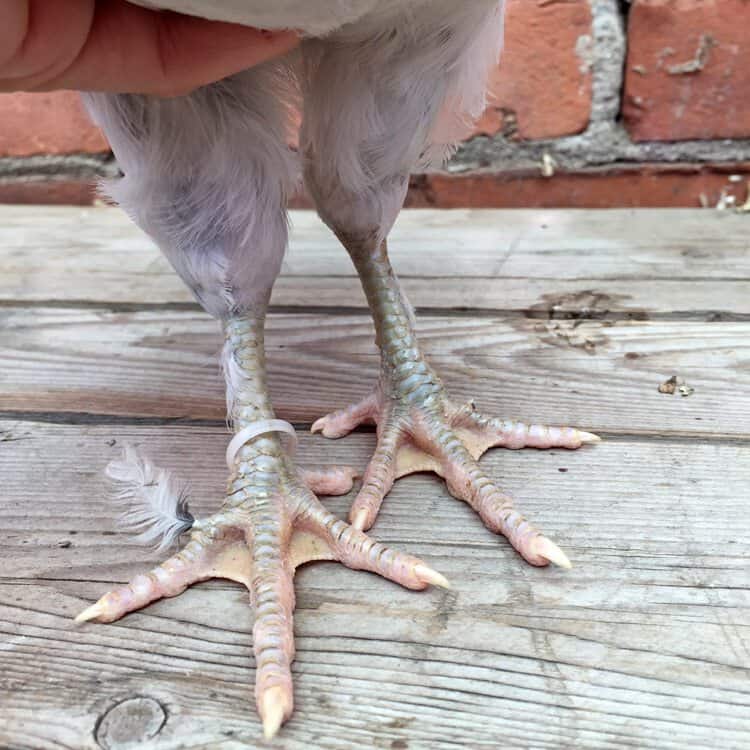
My chicks (which were a cross between a Marans and an Ameraucana) all got their own colour coded leg bands which were switched out every couple of weeks as their legs grew.
You can buy chicken leg bands but I made mine out of the smallest zip ties you can find at the hardware store. To differentiate them you can paint them with different coloured nail polishes. Amazon also sells multicoloured tiny zip ties for banding chickens.
I had chicks identified as Black, White, Dot, Teal, No Tag and Mint.
By day 2 I was ready to start sexing.
I implemented 3 different types of methods for sexing chicks: feather sexing, tail sexing and comb sexing.
Table of Contents
Sexing Baby Chicks

FEATHER SEXING CHICKS
According to some, you can feather sex a chicken within the first 3 days. A girl chicken will have 2 different lengths of wing feathers and a boy chicken will have wing feathers that are all the same length.
This apparently only works on breeds where the father was a fast feathering breed and the mother was a slow feathering breed. I had NO idea what the parents of my chicks were in terms of their feathering but I gave it a shot anyway.
In the name of science. And blogging. And curiosity.
RESULTS
The black banded, mint banded and not banded had 2 lengths of wing feathers, therefore appeared female
The white banded, dot banded and teal banded had 1 length of wing feathers, therefore appeared male
According to the feather sexing theory which may or may not apply to my chickens, I had my hands on 3 roosters and 3 hens.
Tail Sexing Chicks
Another method I read about years ago was tail development. The chicks who develop tail feathers first are female.
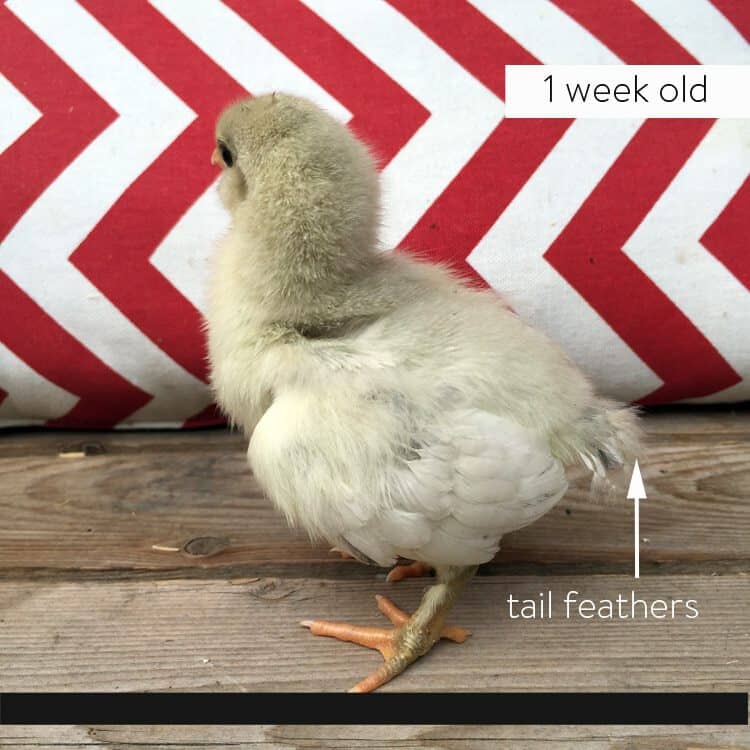
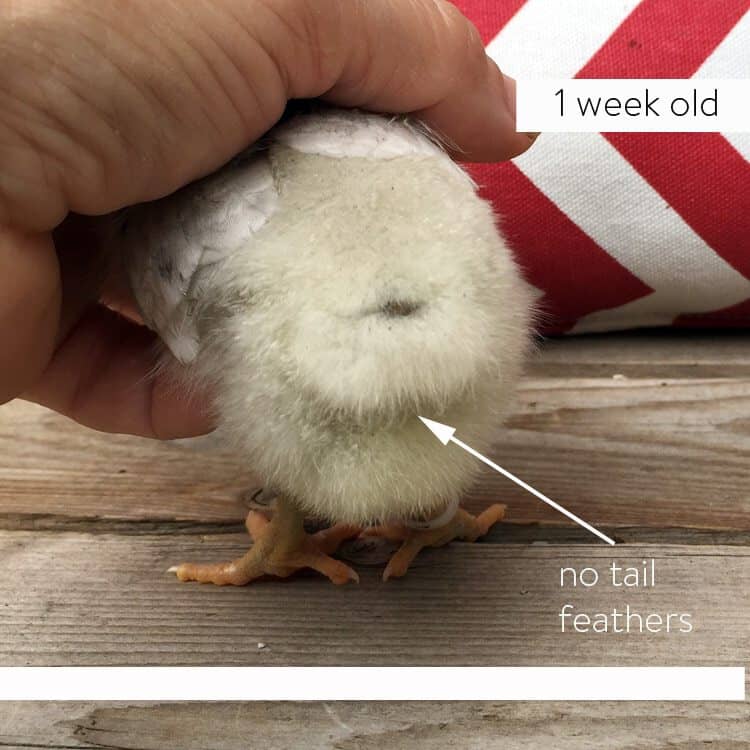
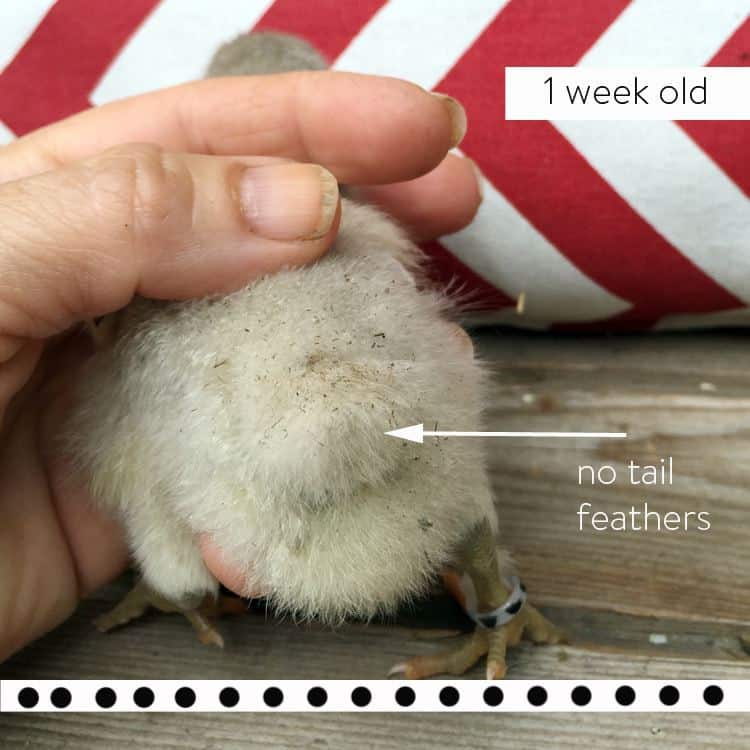
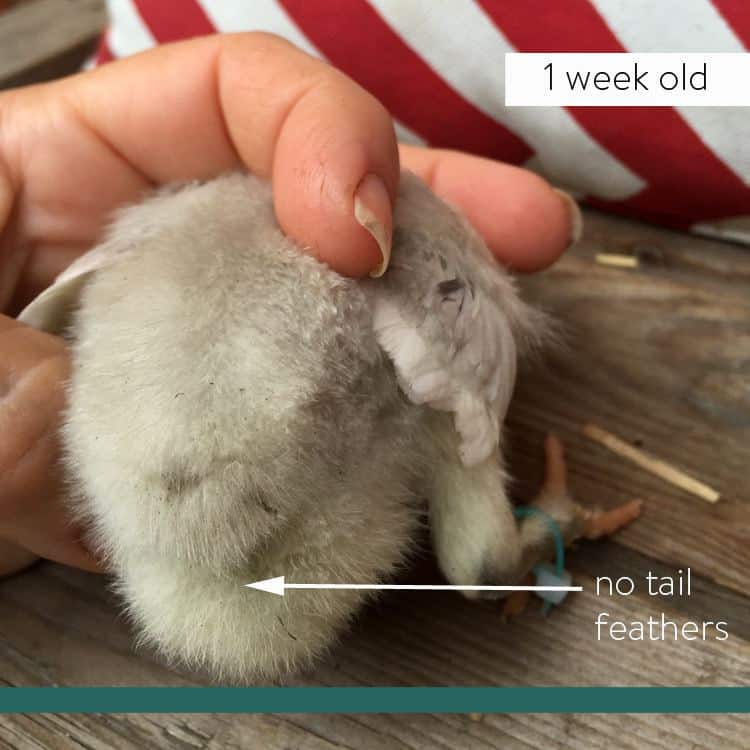
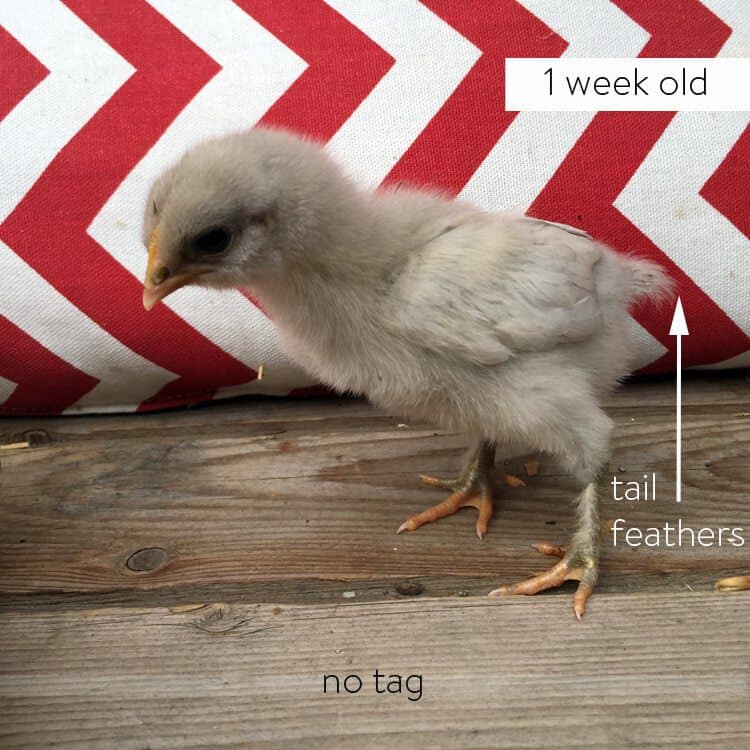
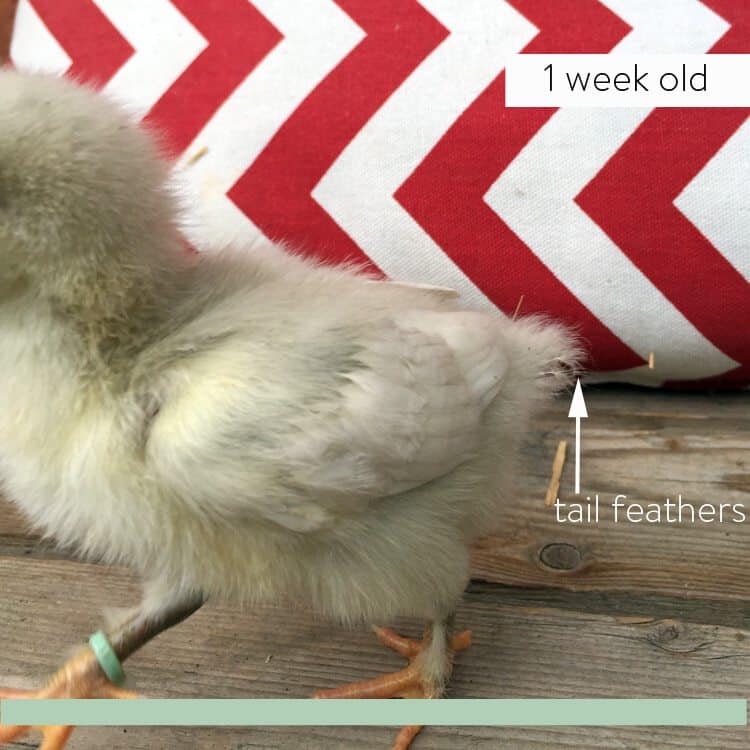
RESULTS
The black banded, mint banded and not banded had tail feathers, therefore appeared female
The white banded, dot banded and teal banded had no tail feathers, therefore appeared male
According to tail sexing, I also had 3 roosters and 3 hens on my hands. Even more strangely ... this method gave me the exact same results as the wing feather sexing method.
But still, I thought, it might not be true, It might be a fluke. Fluke's happen. Like that time I prepared my own tax return and it was apparently accurate. I saw that as the fluke it was and have used an accountant ever since.
Comb Colour Sexing Chicks
The most reliable way to tell if a chicken is a boy or a girl is to wait until they're a bit older (6 weeks) and to look at their combs and wattles. Combs are this ...
Would you like to save this stuff?
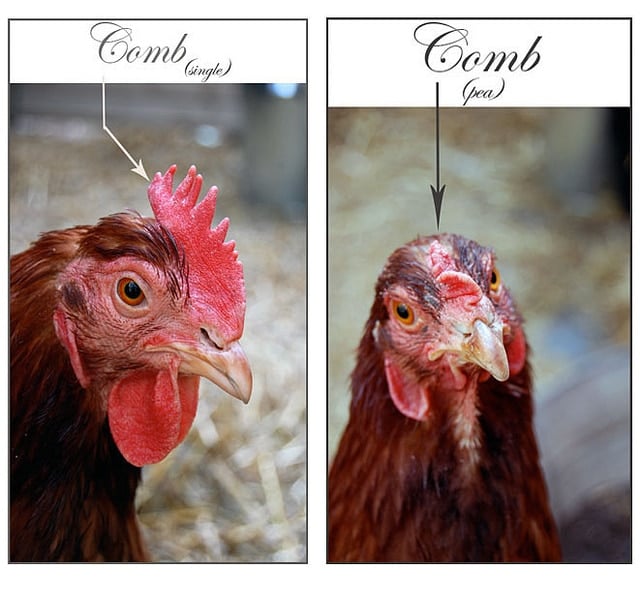
And wattles are this ...
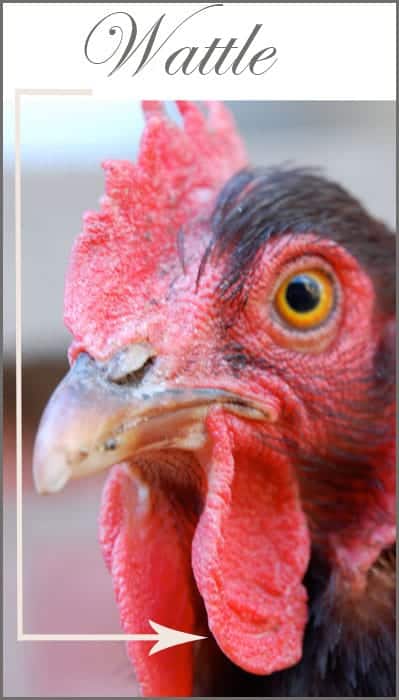
Just because they're big and glooby or long or droopy means nothing. The chicken above with the huge wattles was Walnut, a hen.
BUT roosters combs turn red earlier than a hens do. They're born with cute little yellow combs and no wattles at all.
By the time a rooster starts to get past a month old, their combs turn red while the hens stay yellow.
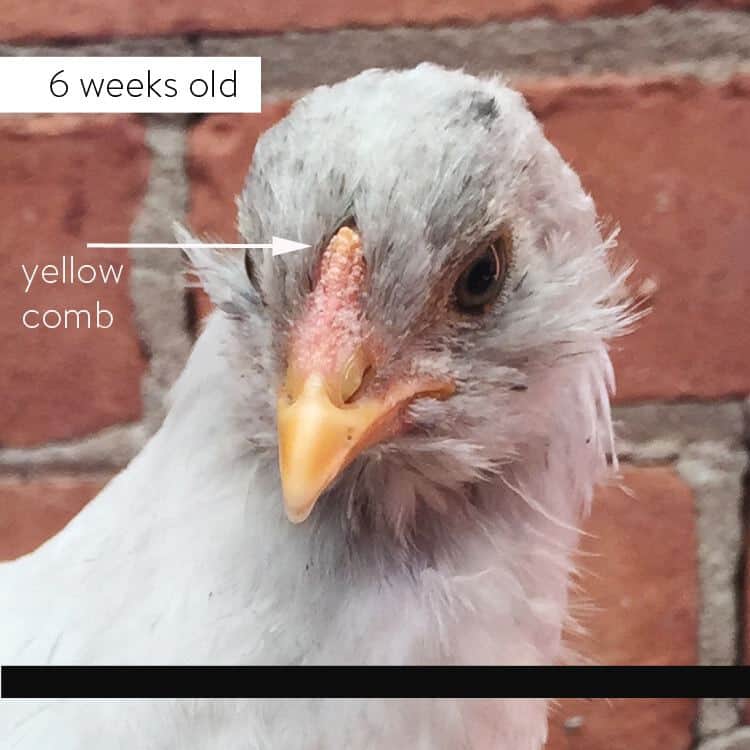

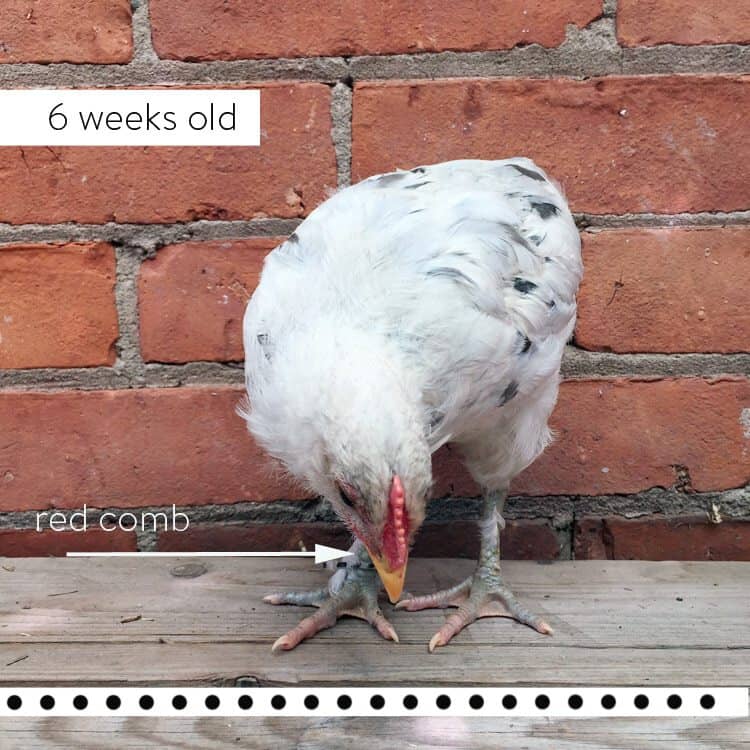

And look at this same one from the side. THAT is what a rooster looks like. Large, red comb, and definite red wattles forming.
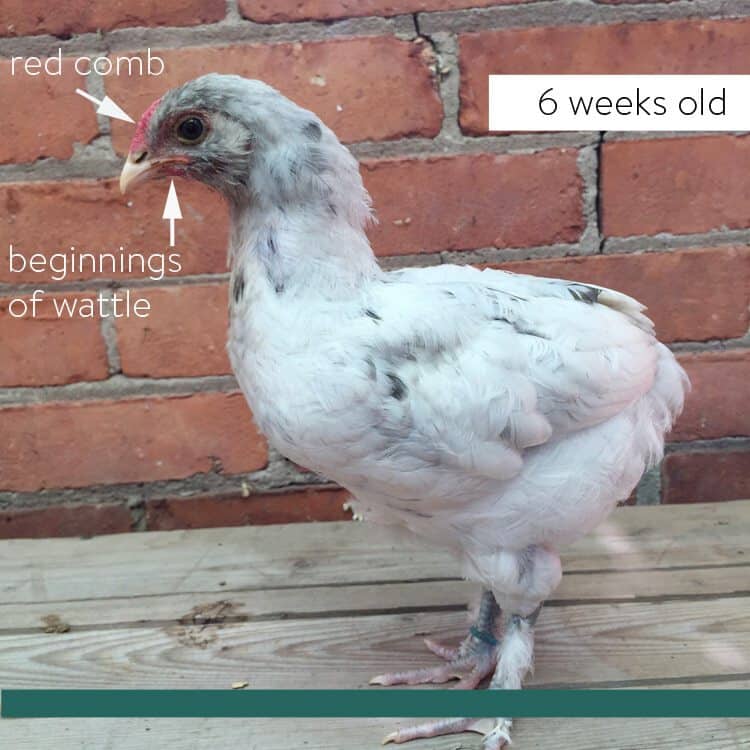

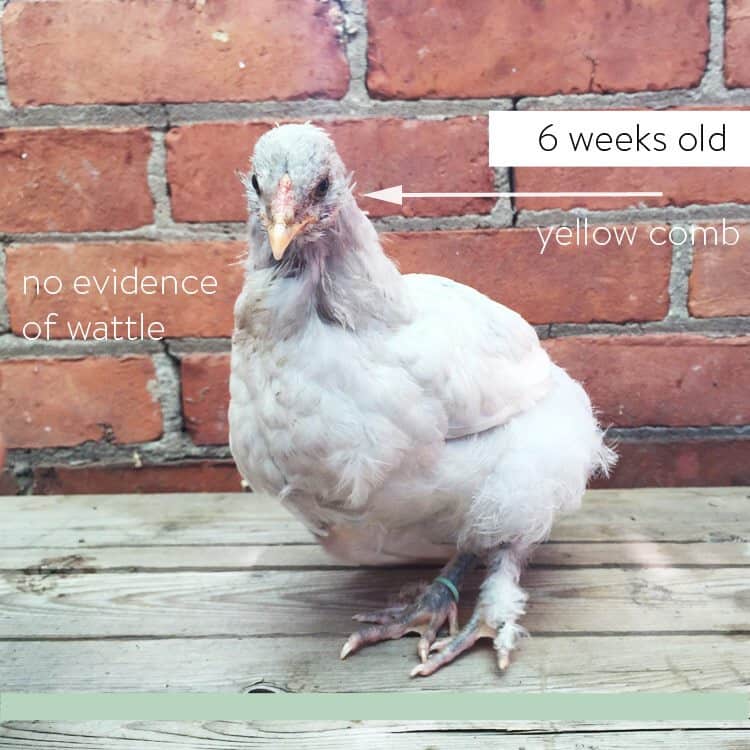
RESULTS
The black banded, mint banded and not banded had yellow combs, therefore appeared female
The white banded, dot banded and teal banded had red combs, therefore appeared male
In case you weren't paying attention because this is all sciencey and stuff that means ALL THREE sexing methods showed I had 3 hens and 3 roos.
Years later I can confirm that the results were true.
The 3 chickens deemed roosters by the tests were indeed roosters. The 3 chickens deemed hens by the tests were indeed hens.
Here they all are in their phases:
WHITE BANDED CHICK (Rooster)
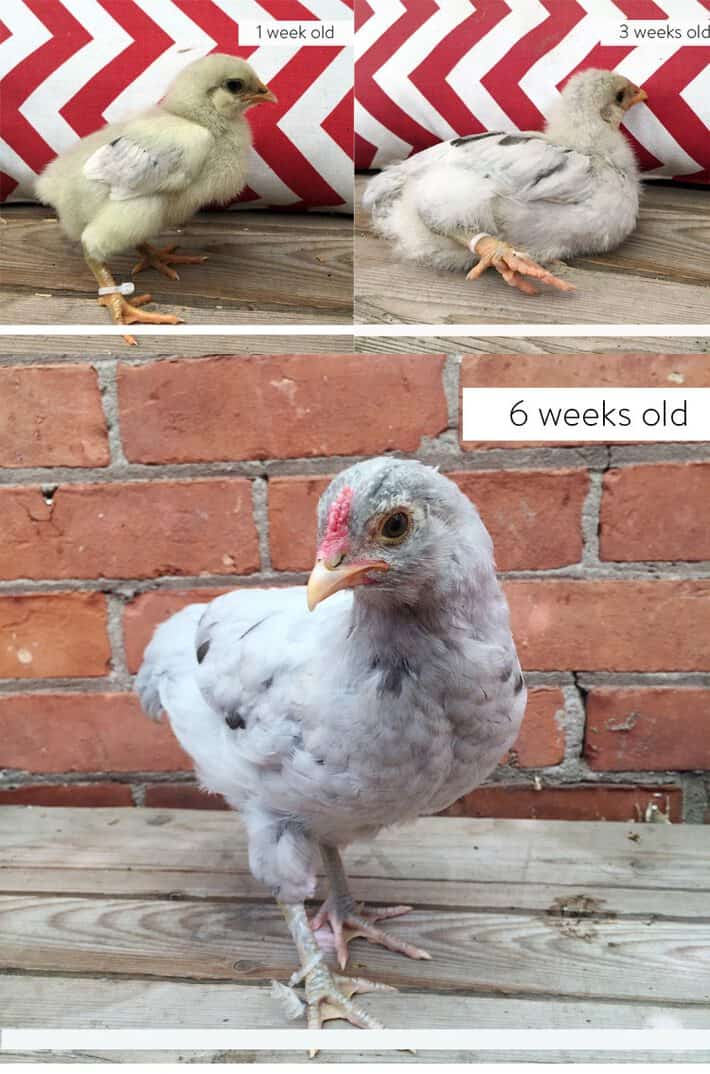
DOT BANDED CHICK (Rooster)
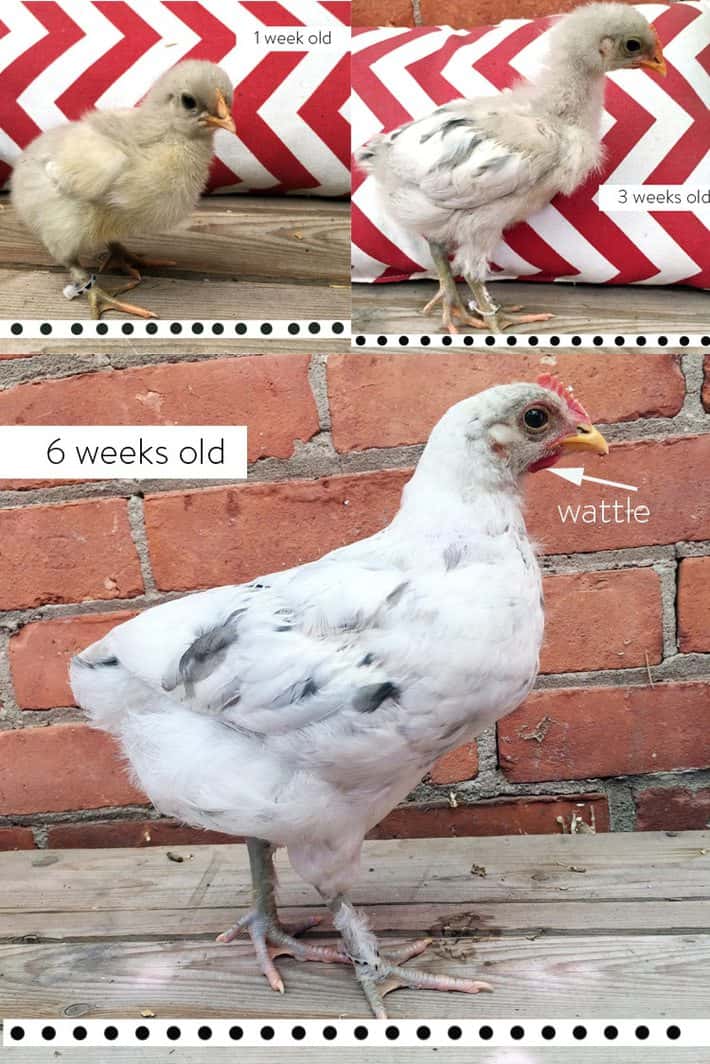
TEAL BANDED CHICK (Rooster)

NON TAGGED CHICK (Hen)
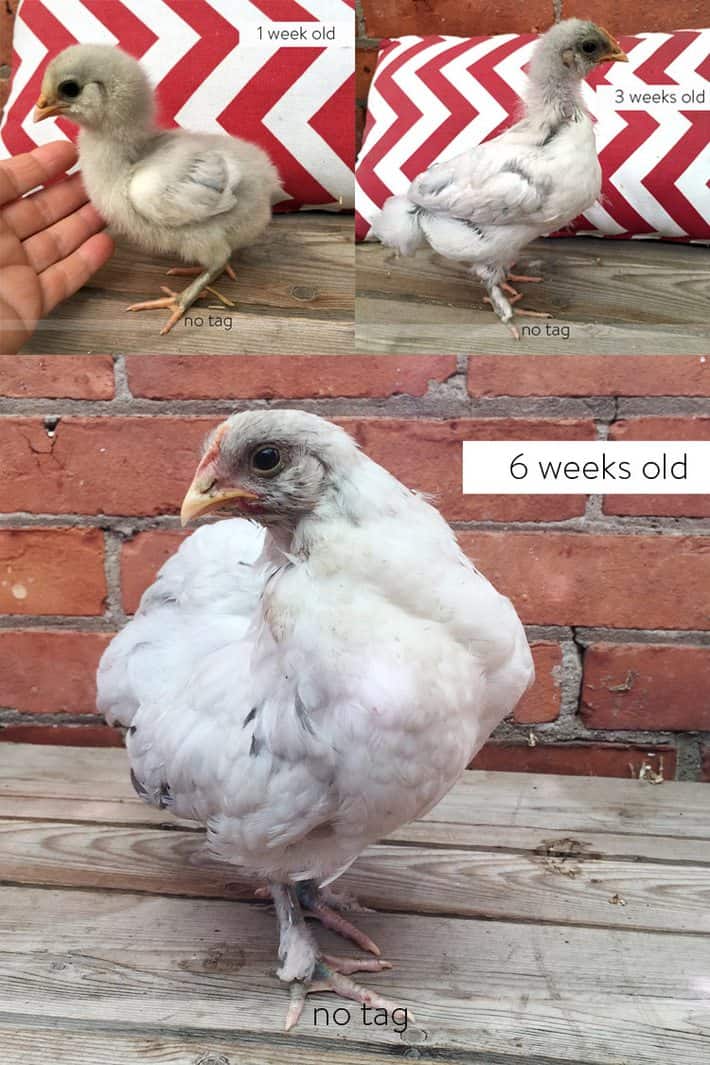
MINT BANDED CHICK (Hen)
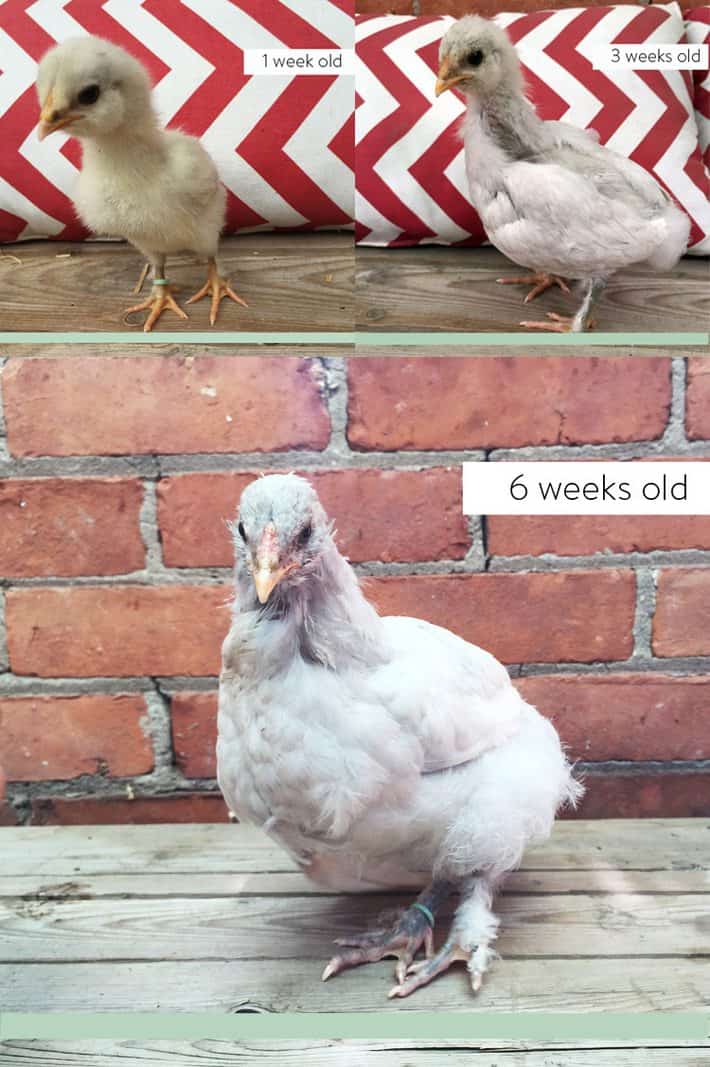
I sold the roosters, gave 2 hens away and kept The Black Banded Chick. She is now known as Baby.
BLACK BANDED CHICK (Hen)
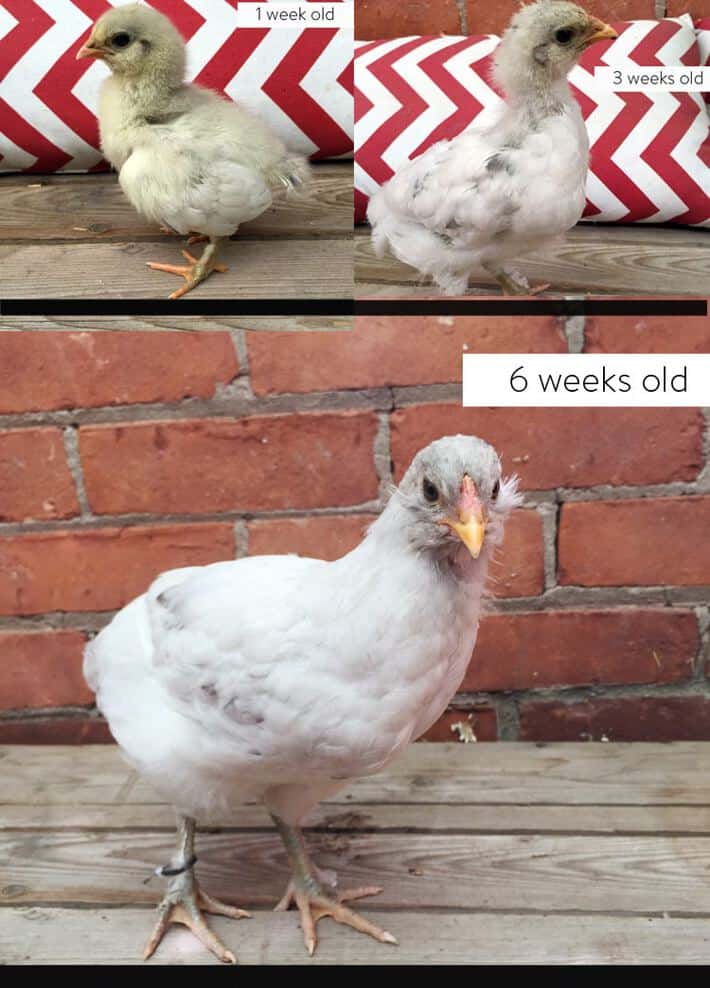
She grew up into a a very attractive hen.
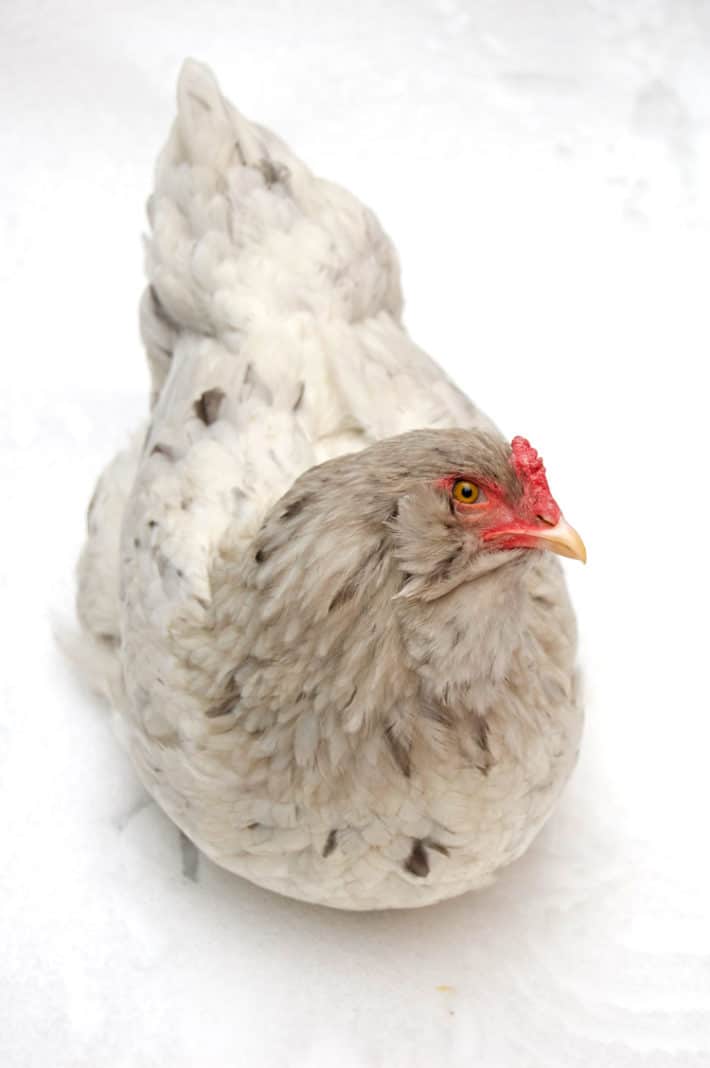
However, she is a miserable, mean chicken who chases and bites like a Rooster. But she lays the most beautiful green speckled eggs.
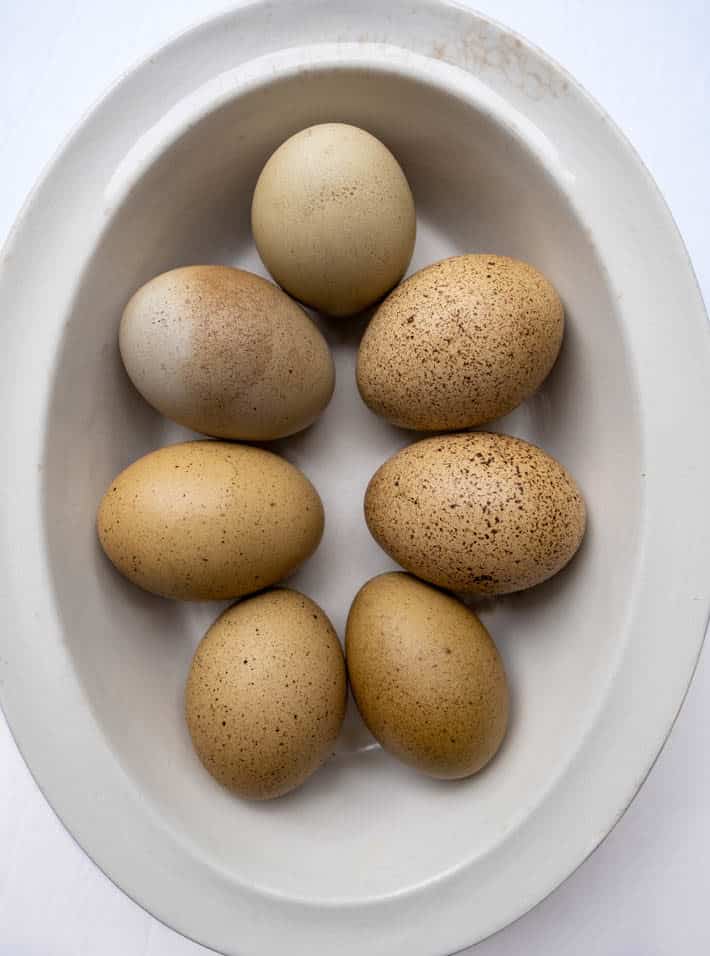
I can't guarantee these methods of sexing baby chicks will work for you, but it's worth trying.
This experiment was SUCH a great success for me and so completely accurate that I'm ready to take things to the next level ... I'm going to try to feather sex my accountant.




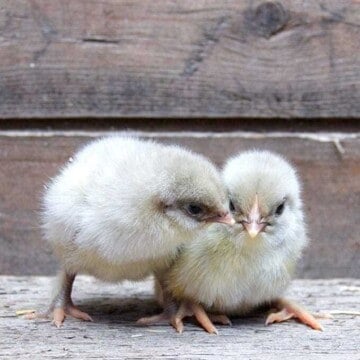
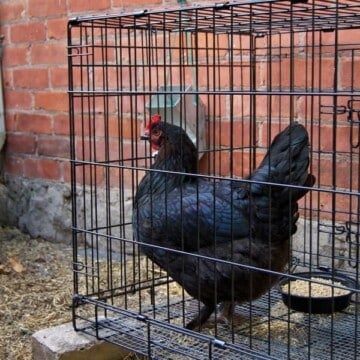
Haley
I’ve read you have to do feather sexxing in the first 3 days. Do the feathers change that much that they look the same day 4 onwards?
Martha
Ha! Trying this next year with my kids. Learned a lot and laughed the whole way through.
Karen
I never expected it to work at allll. But it kind of did. I ended up with the meanest chicken I've known from that bunch.😆 ~ karen!
Erika
This was informative and entertaining
Karen
Thanks Erika. That is my goal for every post. :) Good luck with sexing.~ karen!